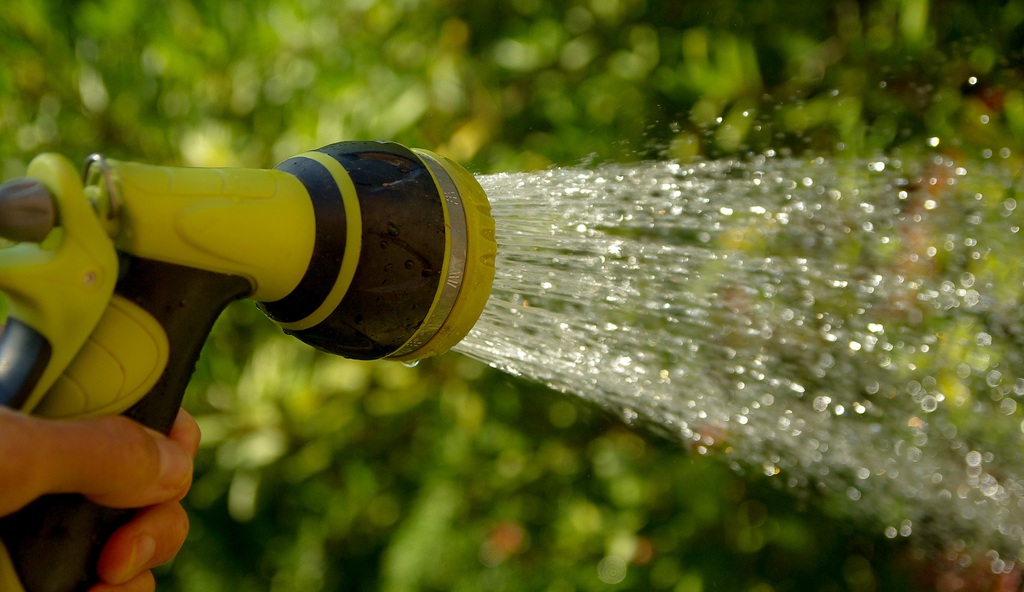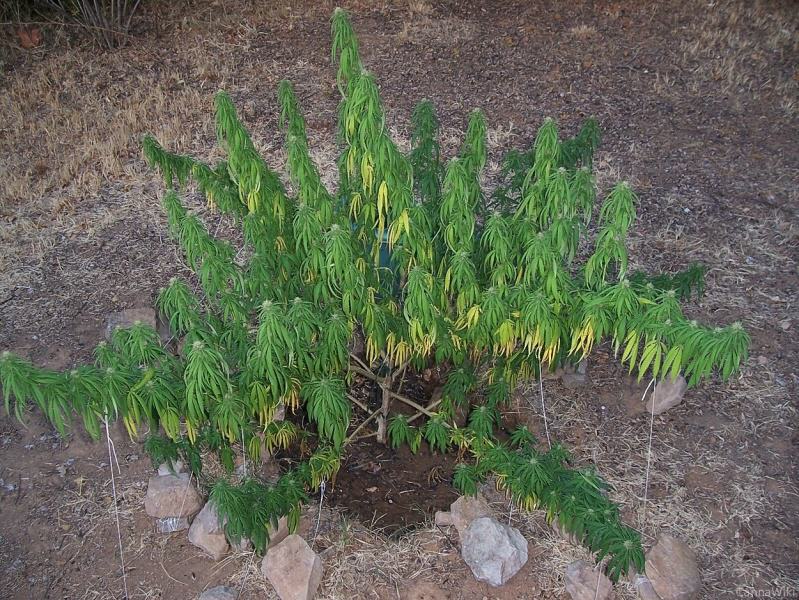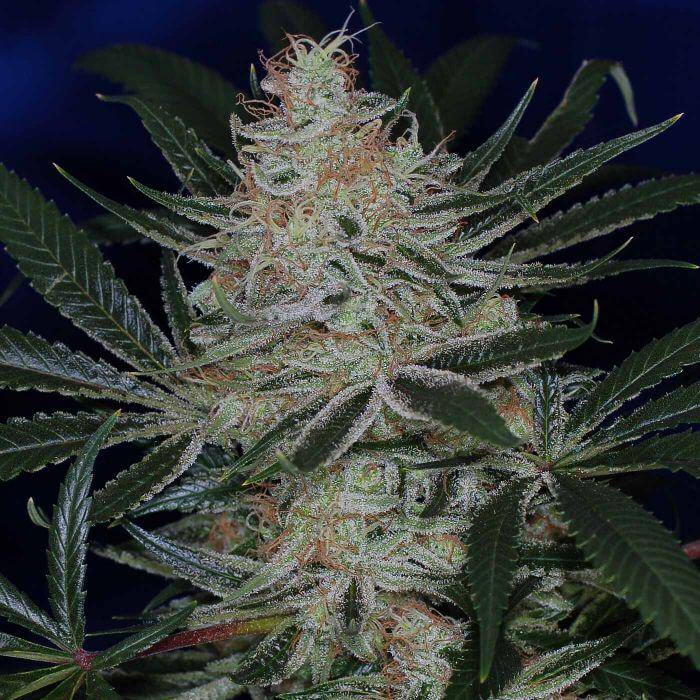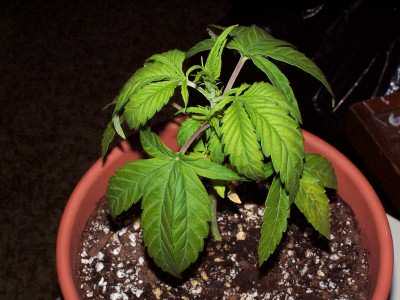How to water marijuana plants in soil
List of contents
It is common to find beginner growers wondering what is the best way to water their plants during pot growing in soil, even in coco coir. Cannabis is a plant that needs a lot of water but also tolerates excess watering very poorly, which is why it is very easy to make mistakes. By following these simple irrigation tips that we bring you today, you will obtain optimal results throughout your crop, and your plants will reward you with a generous harvest of wonderful flowers.

What is the best way to water cannabis in soil?
Cannabis is a plant that does not like to receive continuous light watering. For proper root development, it is more advisable to water abundantly and then wait until the soil is almost dry before watering again, whether with or without fertilizers.
To calculate the amount of water needed for each plant, you can follow these rules, although keep in mind that the necessary amount of water depends above all on the degree of development of the plant, that is, its plant mass:
The volume of water that needs to be given in each irrigation must represent at least a quarter of the volume of the pot, approximately:
Examples:
- For a 1L pot, give 0.25L of water in each watering
- For a 4L pot, give 1L of water with each watering
- For a 12L pot, give 3L of water with each watering
- For a 30L pot, give 7.5L of water in each watering
To give such a volume of water, it is often necessary to water 2 (maybe 3) times, slowly and evenly over the entire surface. You can choose to use pot saucers under the pots, these will fill with water that will return to the pot by capillarity in less than a day. Also, it is very important to use a quality substrate, with a good water retention capacity that also ensures good drainage (this must contain perlite and/or coconut fiber, clay, etc.)
Once this watering has been carried out, you can see how your pots are now much heavier and difficult to move. Now wait a few days, weighing the pots daily to check if new watering is needed; If you are unsure of the initial weight of the pot, you can have a pot with unwatered soil next to it as a reference point. When they are very light again, you can water them again.
In fact, since water weighs much more than soil, a pot saturated with water weighs several times the weight of a pot with a plant ready to be watered. With a little practice, you will quickly learn to weigh your pots to know when it is best to water again. It is a technique that is both very easy and very effective and can be applied to all potted plants! Watering this way, in general, you should water your plants every 3-6 days. Of course, the smaller the pot is concerning the size of the plant, and the hotter and less humid it is, the more frequent watering will necessarily be.

Drip irrigation does not give the best results in soil, and is normally only applied in exceptional cases such as having to be away from the place where it is grown for a few days. For a much more effective result with drip irrigation, it is better to use hydroponic growing media as a substrate (coconut fiber, rock wool, expanded clay balls, etc.).
What is the best water for irrigating marijuana?
Tap water may be suitable if its total hardness is not too high (EC < 0.4). Otherwise, it is advisable to dilute it with pure water (EC = 0) such as rainwater or ozmotized or distilled water, until its EC or electroconductivity is reduced to around 0.3.
Indeed, cannabis does not like calcareous elements, chlorine, and other substances concentrated in tap water at all. It is often recommended to let the water sit for at least 24 hours so that the chlorine evaporates and that it is at room temperature.
- Excellent quality osmosis water is easily found in most pet/fish stores, or can be produced with a reverse osmosis filter. It will be perfect as long as a Calcium/Magnesium/Trace Element supplement is used because most fertilizers are designed to be used with tap water.
- Rainwater is also suitable, but we advise you to filter it and spend a few seconds in the microwave to sterilize it from the numerous bacteria, eggs, algae or fungal spores that it may contain, especially in the case of indoor cultivation.
- The PH of irrigation water (when using soil) should be between 6 and 7. If this is not the case, it will have to be corrected with the help of a PH meter and, most likely, a PH-reducing liquid.

Tips for watering marijuana plants
During the last 2 weeks before harvest, plants usually consume less water than when they were in full bud formation. Thus, it is then advisable to progressively reduce the volume given in each watering, because if the soil takes too long to dry, the risk of developing mold or root rot will considerably increase. Furthermore, according to some experienced growers, a slight water stress at the end of flowering will improve the final quality of the flowers.
If you use liquid fertilizers on soil, try to do it once in every two waterings, or at most two out of every three times. Irrigation with clear water (possibly with enzymes and/or humic/fulvic acids) will indeed allow you to dilute and use the nutrients that accumulate in the soil and avoid poisoning your marijuana plants due to excess fertilizer.
After a few waterings, you will observe how, as the surface of the substrate dries, it appears to separate from the walls of the pot. Try to work these areas regularly with your fingers so that the irrigation water does not run down the sides of the pot. In order to avoid the formation of a drier surface layer of soil, you can add a natural moisturizing agent to your irrigation water (Yucca, Aloe Vera, Potassium Soap) that will improve its penetration into the soil and the plant, and will increase the at the same time the effectiveness of nutrient assimilation.

Of course, the larger a plant is, the more water it will consume. If you see that some plant requires less watering than others, reduce the watering volume of these to be able to water all the plants on the same day. Proceed inversely with those that require more water, giving them an extra supplement of water with each watering.
Avoid spraying water on your plants more than once or twice a week, as this can slow the growth of the root system; Since plants receive water through their leaves, they will not develop their roots to find it in the soil, something that will negatively affect the development and yield of the crop. Irrigation should be done through the roots from the beginning, spraying the plants should only be done to apply preventives or treatments against pests, as well as in cases of severe dehydration.
Finally, you should keep in mind that the first signs of excess watering are very similar to those of lack of watering, with wilted leaves that seem to not have enough tension in their tissues. To know which case you are in, remember that you should not water if the substrate seems wet, something you can check with your fingers, burying 2-3 cm in the substrate, or by weighing the pot. If your finger feels wet, wait to water a little more. If you have been watering with the substrate wet, it will be a case of overwatering. On the contrary, if your plant is wilted and has a dry substrate, it will most likely need more frequent watering or a greater amount of water.
Happy harvest!














